This full-length state portrait of Queen Victoria, executed in 1842 by British artist John Partridge, hangs in the foyer of the Senate Chamber in Parliament Hill’s Centre Block. It was rescued from four fires, including the 1916 inferno that destroyed the original Centre Block.
Victoria Day, the last Monday before May 25, is synonymous with the start of summer.
Because of my maternal roots in having a staunch British grandfather, whose loyalty to the crown was impeccable, I felt drawn to write about Queen Victoria through another lens, probably unknown to my dear grandfather, who may well “turn over in his grave” at what follows.
The lens I propose is through the Indigenous peoples of this land which they occupied long before the British empire was established.
Queen Victoria reigned from 1837-1901, having ascended the throne at the young age of 18. Her reign was marked by significant industrial, political, scientific and social changes, as well as the expansion of the British empire. In the 63 years and 216 days of her reign, the Victorian Era was born.
With this expansion of the British empire, she enjoyed the support from the previously enacted Doctrine of Discovery of 1534 by Pope Alexander the VI. Although succeeding popes renounced this doctrine, its sentiments remained strong in the minds and hearts of Europeans, for by it, this meant that European colonizers had the blessing of the Pope to claim and occupy these “empty lands” (Terra Nullius)
As a result, Victoria’s reign was marred by the establishment of Residential Schools which were established solely to wipe out the Indigenous peoples by separating children from their parents and educating them into the “civilized” way of life, as defined by European standards.
This continues to be the case in our system of childcare:
“Recent statistics paint a troubling picture of the challenges facing Indigenous children in Canada. According to 2021 data from Statistics Canada, despite making up only 8% of the child population in Canada, a staggering 53.8% of children in foster care are Indigenous. There are more than 28,000 Indigenous children in government care today, which is 2.5 times the number that were in residential schools at their peak in the 1930s.”
Queen Victoria is also known as the “Mother of Confederation”:
As the reigning monarch, she granted Royal Assent to the British North America Act, which established the Dominion of Canada in 1867. She also appointed Canada's first senators and proclaimed the act's commencement. Victoria was a strong supporter of Confederation, believing it would benefit the provinces and strengthen relations with the United States.
A stained-glass window above the Senate entrance to Centre Block depicts Queen Victoria on the occasion of her Diamond Jubilee in 1897, beside her great-great-granddaughter, Queen Elizabeth II, who marked her own Diamond Jubilee 115 years later in 2012. Below Victoria appears the original Centre Block and its iconic Victoria Tower, 19 years before they were gutted in the 1916 fire.
Here's a more detailed look at her role:
Granting Royal Assent:
Queen Victoria's signature on the British North America Act, now known as the Constitution Act, officially brought Canada into being as a unified nation.
Appointment of Senators:
She appointed Canada's first 72 senators, establishing the upper house of parliament.
Proclamation of the Act:
Victoria proclaimed that the British North America Act would come into effect on July 1, 1867, effectively marking the beginning of Canadian Confederation.
Support for Confederation:
She actively encouraged the idea of Confederation, believing it would strengthen the colonies and reduce defense costs.
Symbol of Unity:
Queen Victoria became a symbol of national unity and identity for Canadians, as the country was emerging as a self-governing dominion within the British Empire.
Victoria Day:
To honor her role as the "Mother of Confederation," Victoria Day, a federal statutory holiday, was established in Canada and is celebrated on the Monday between May 18 and 24.
We begin summer usually by celebrating the birthday of Queen Victoria as her legacy continues to influence how we govern ourselves as Canadians.
With the current threat to our sovereignty from our southern neighbour, it is with a sense of gratitude to Queen Victoria for “pulling us together” as a sovereign nation.
BUT it is also incumbent on us to right the wrongs from her reign in how we continue to be in a flawed relationship with the Indigenous peoples of this land. Thanks to the Truth and Reconciliation Commission of 2015 in demanding attention to the 94 recommendations, we do have a positive way forward. Are we ready to take this path?
So, Queen Victoria, we remember you on this holiday weekend, with mixed emotions, that invite us as Canadians to “right the wrongs” as we move forward in our relationship with the First peoples of this land.
And “Gramps” forgive me if I have offended you, but the TRUTH will set us free! I am just sorry that you were deprived of this in your latter years. ☹
-Sister Kathleen Lichti, csj









